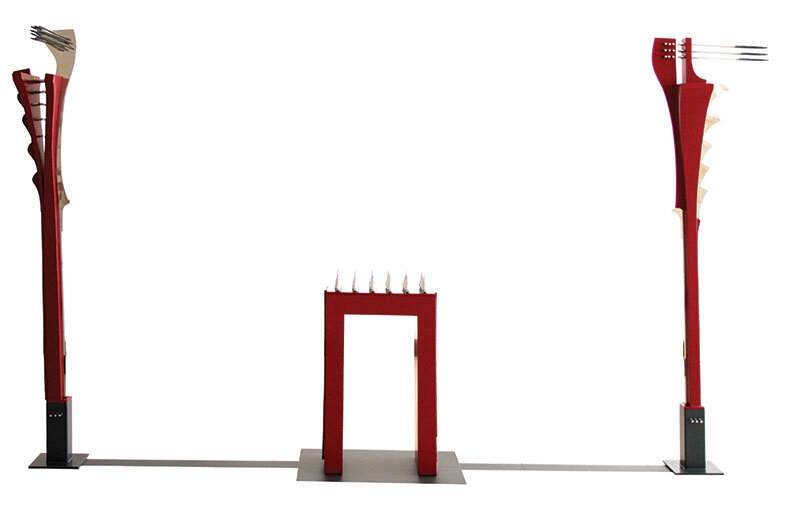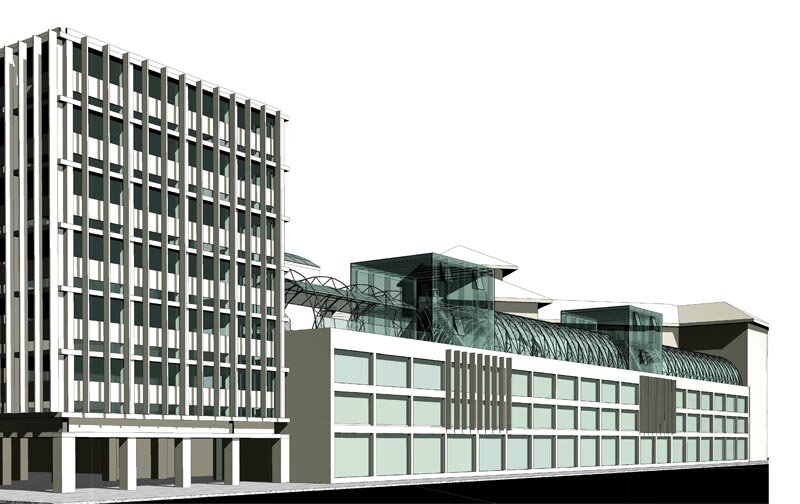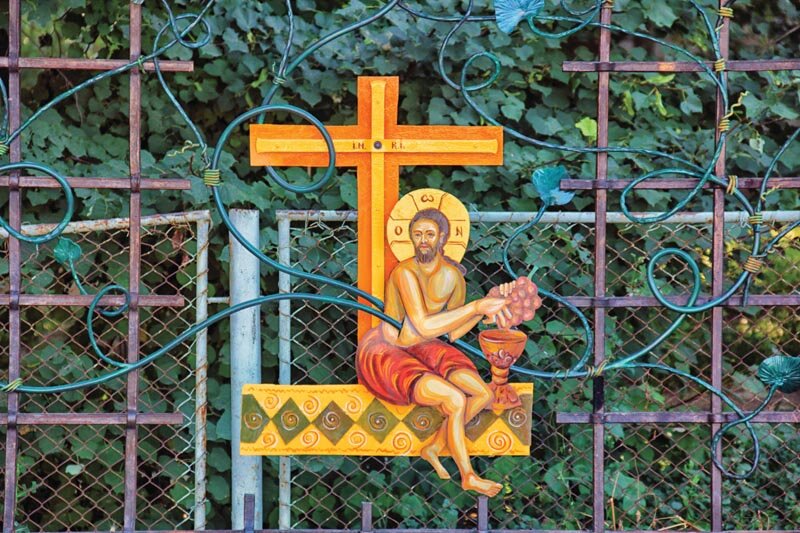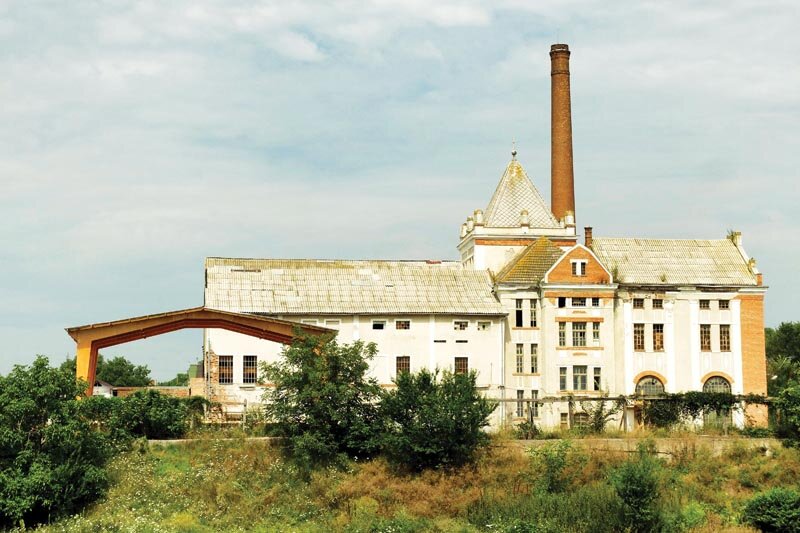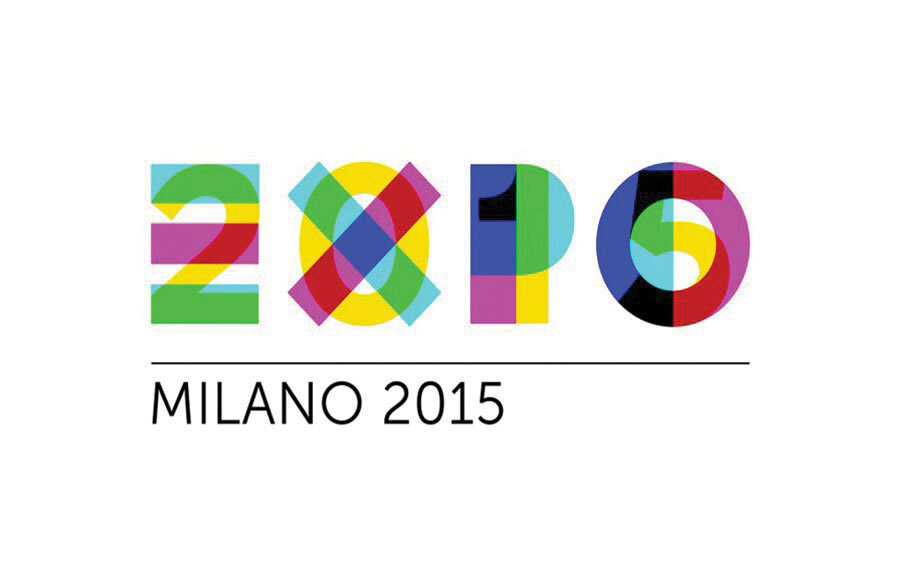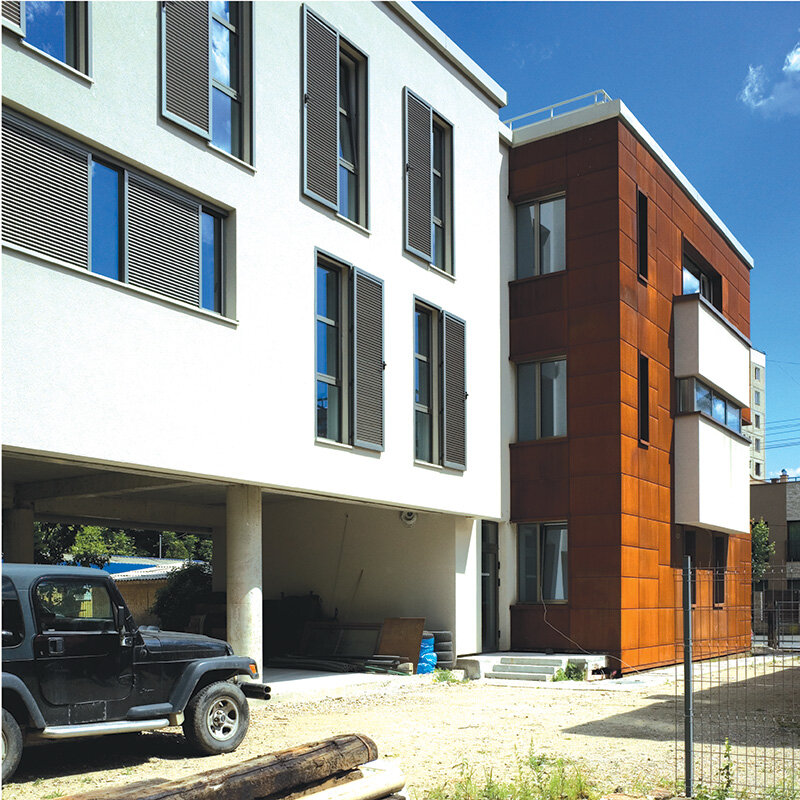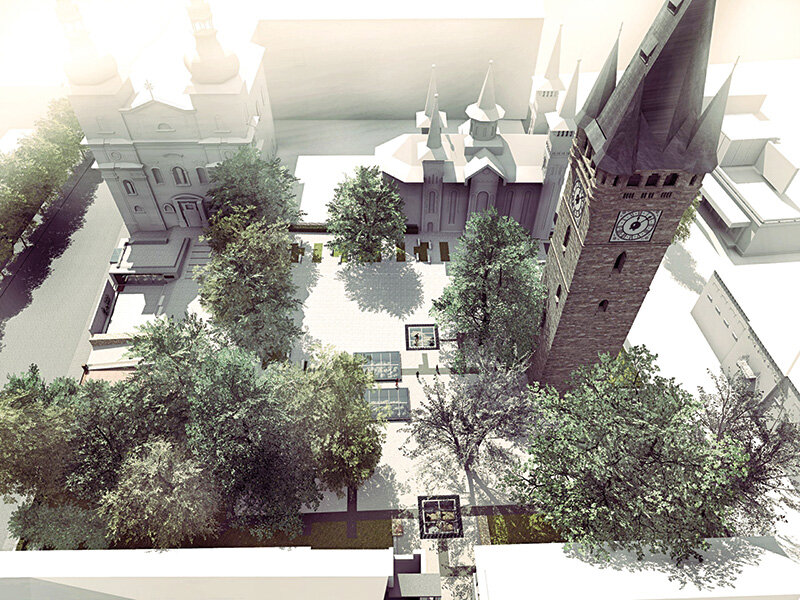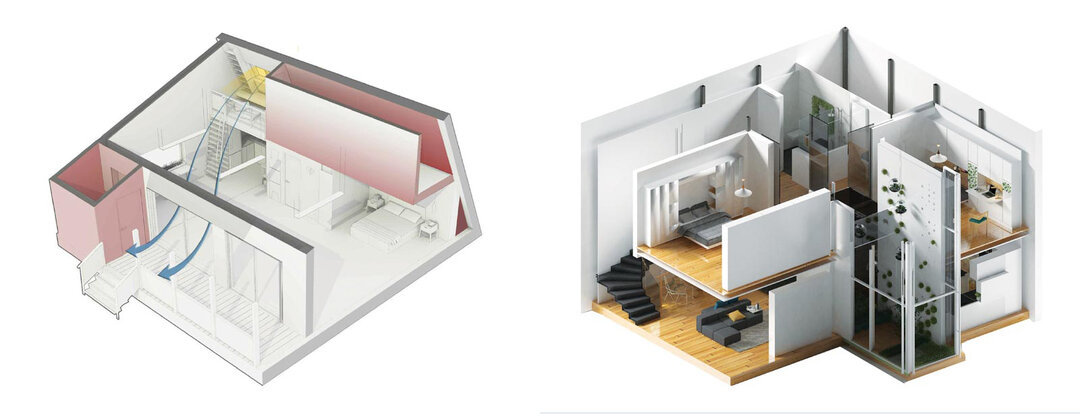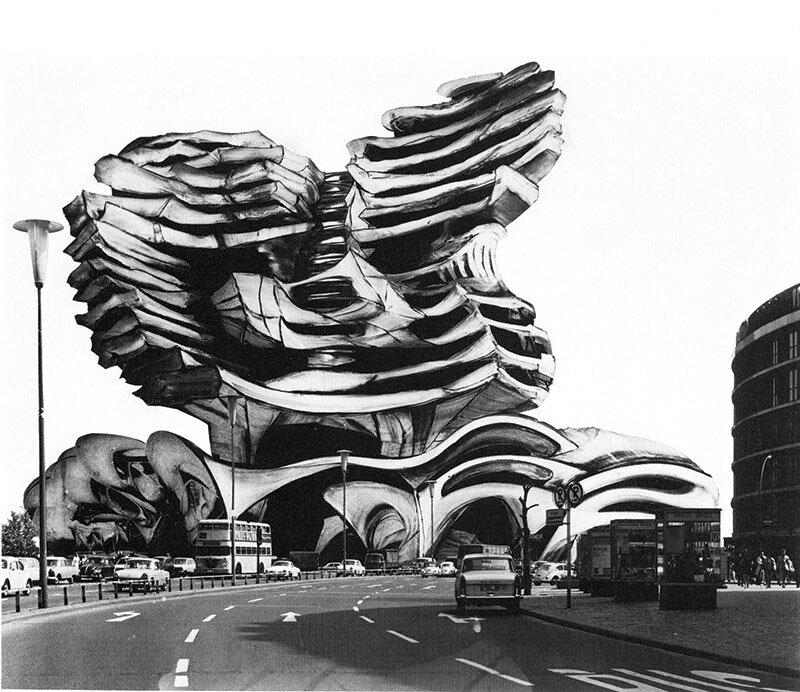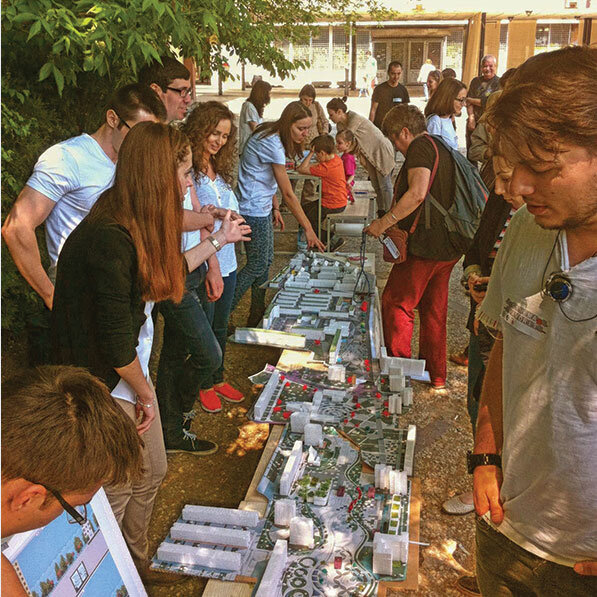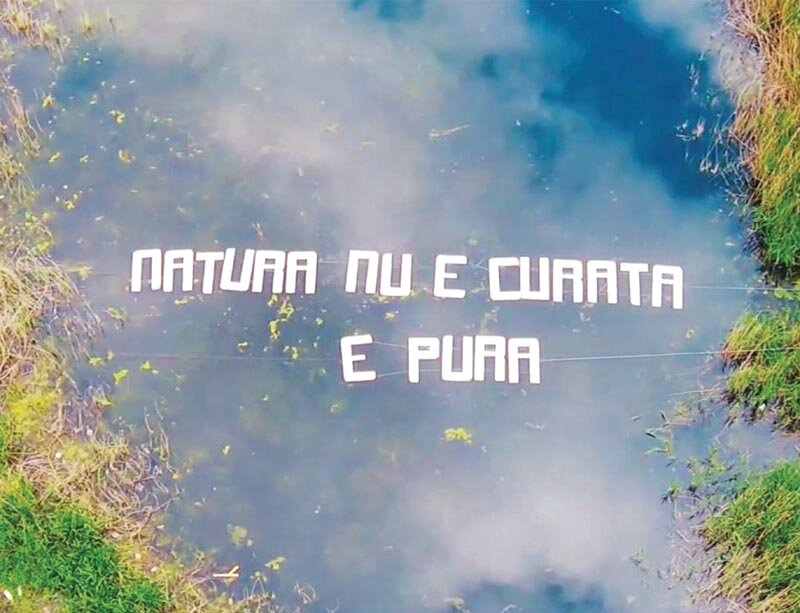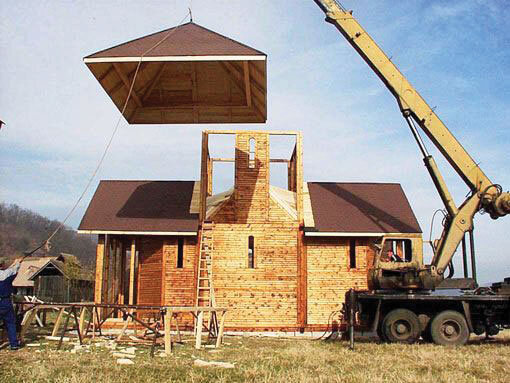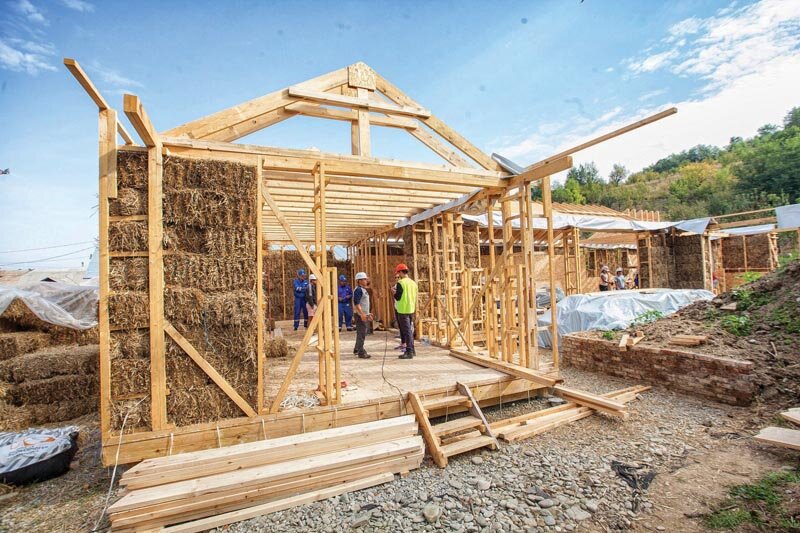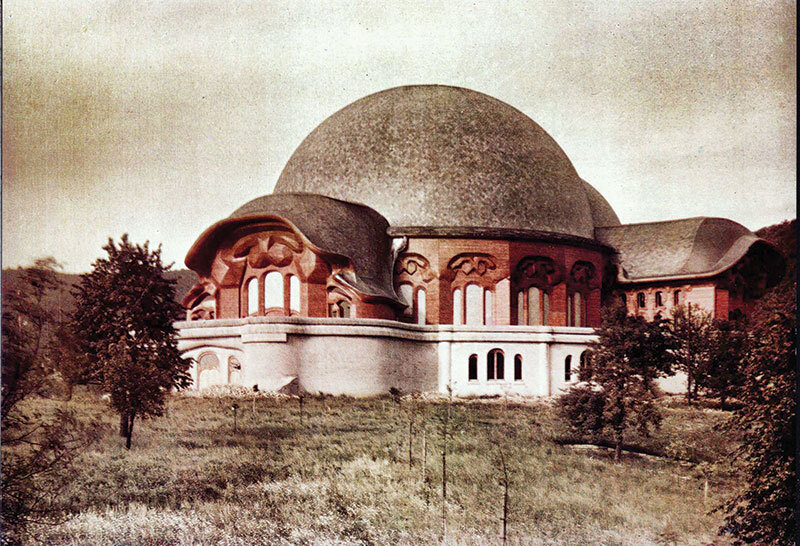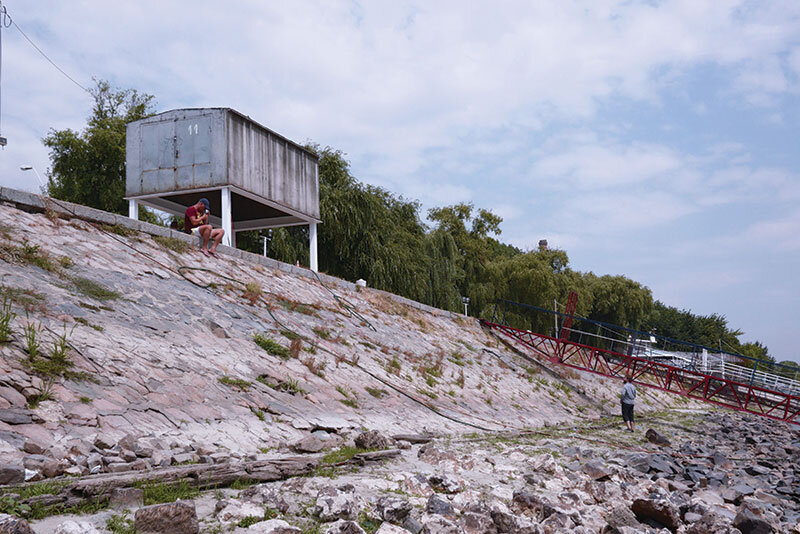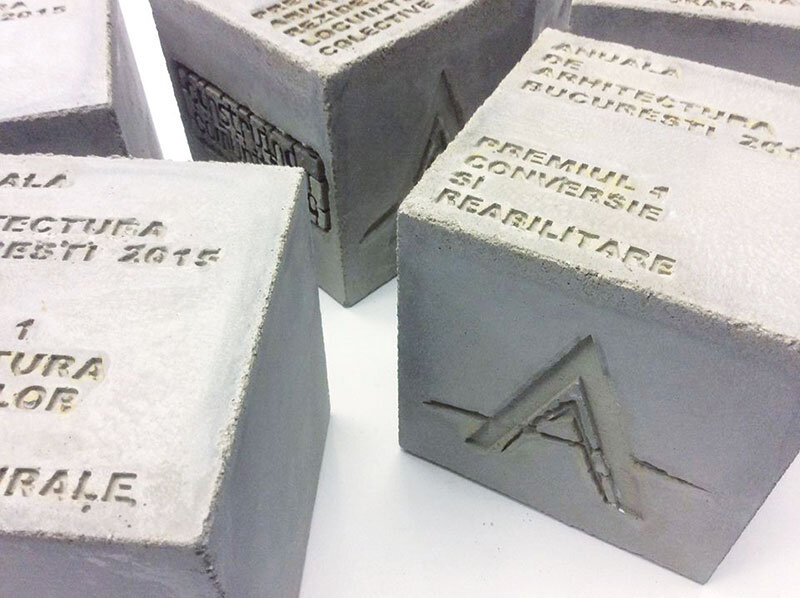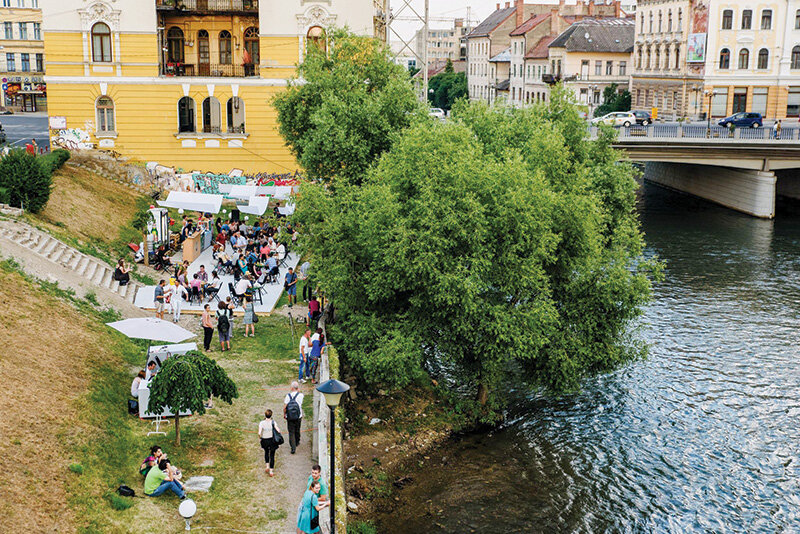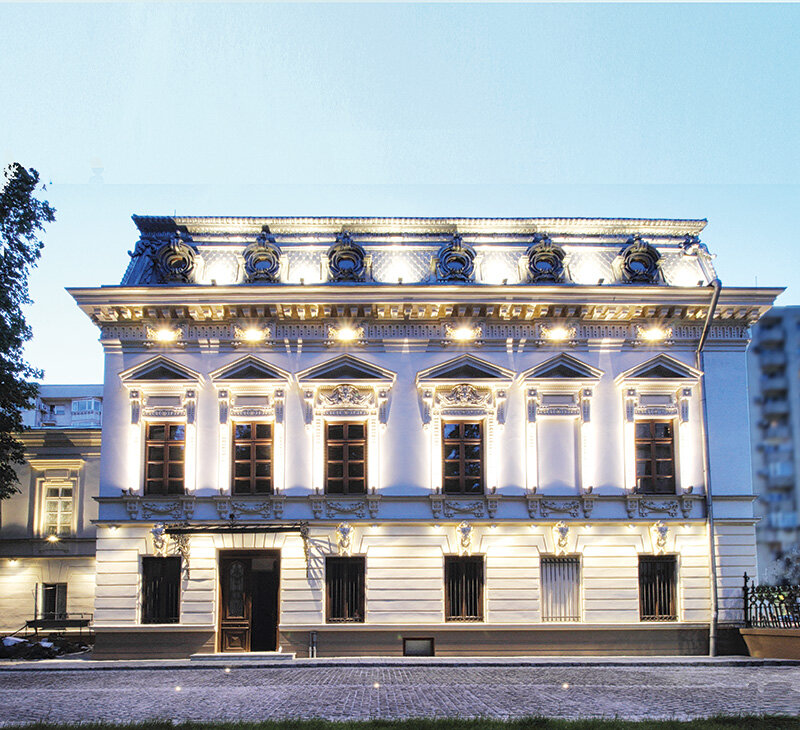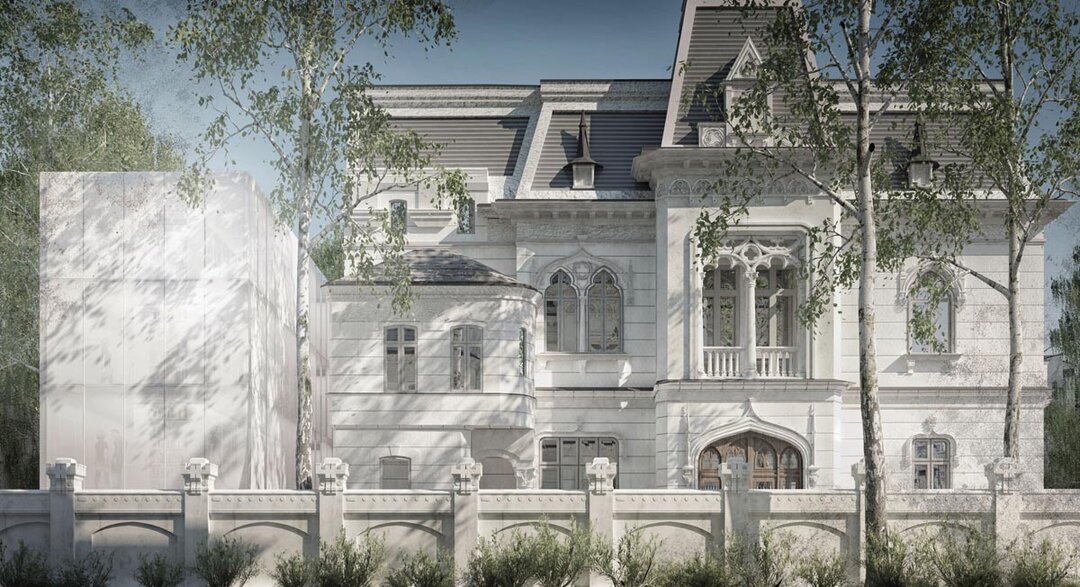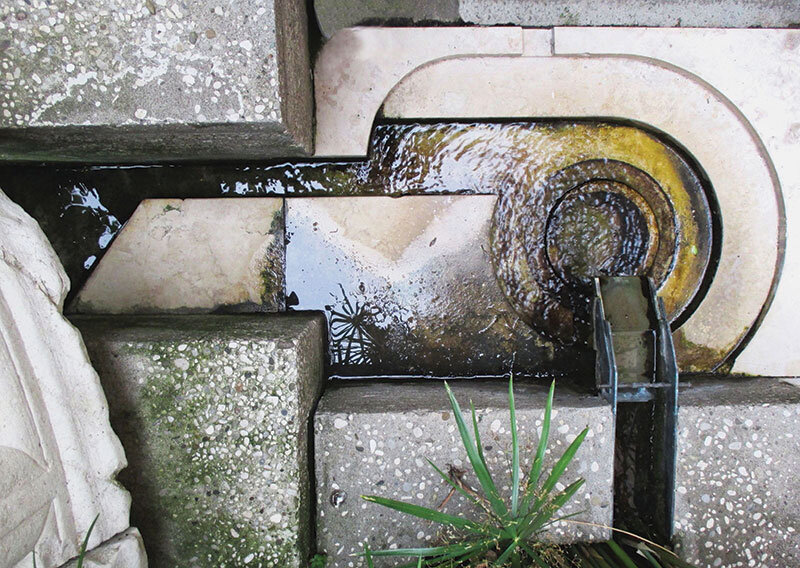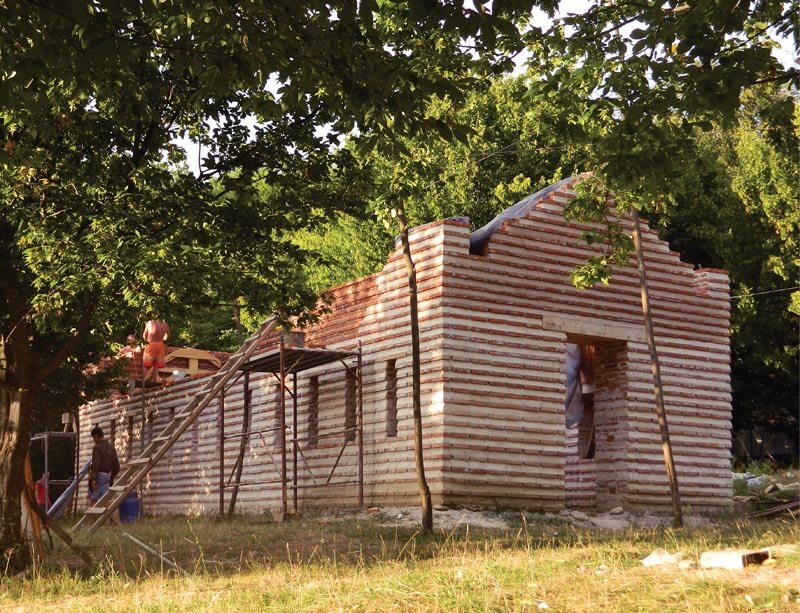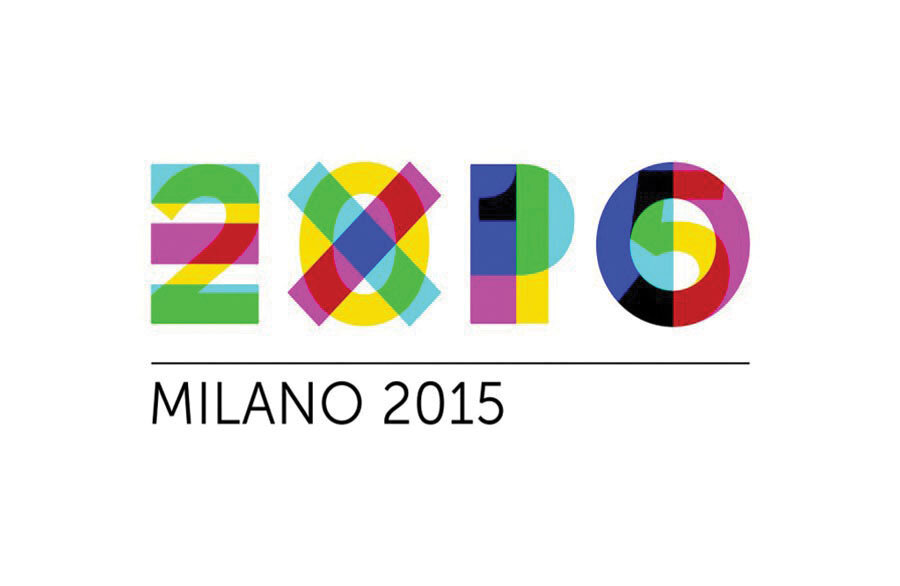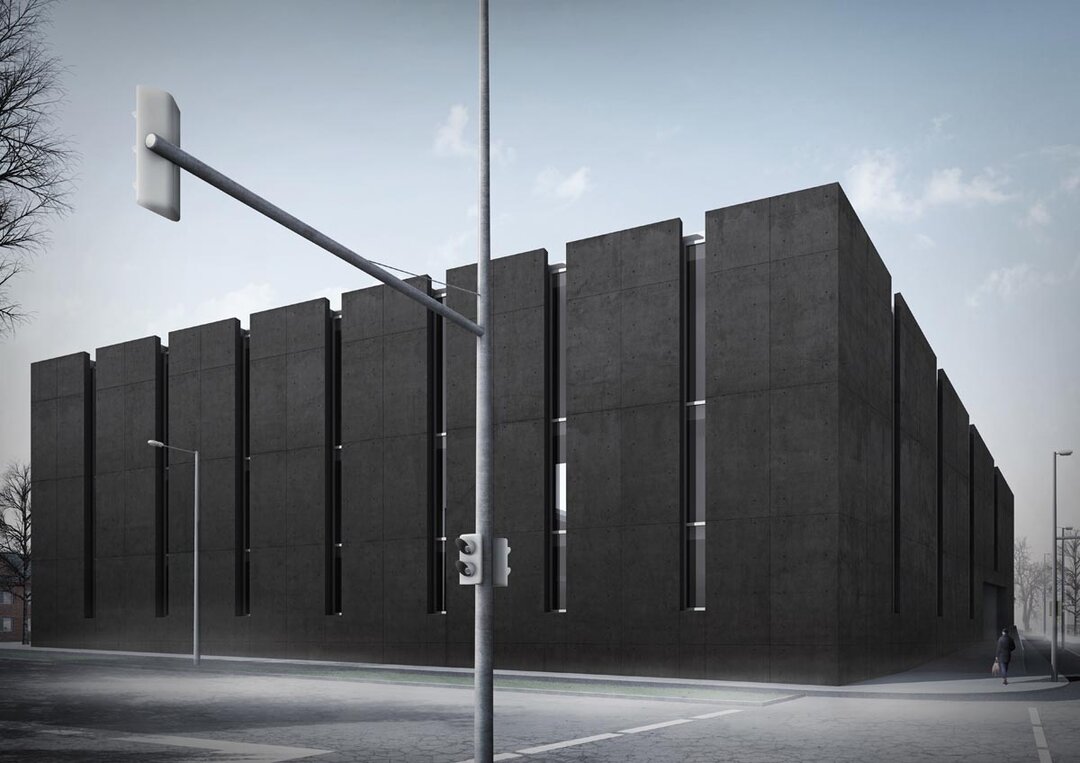
Feeding the Planet, Energy for Life
God is in the details, the Teutonic Mies told us, or rather, in the beauty of details that can only be seen on close reading, in architectures that express themselves clearly and effectively, without props and artifice, and from this point of view, Expo Milano 2015 is not a place for such architectures. Seen from a minimally critical perspective, the national and more recently even corporate1 PR exercises, disguised in the carefully selected festival architecture staged by the dozens of committees of diplomats, censors or simple ideologues who have been directing the spectacle of world expositions for more than a century, might make us ask ourselves in the already famous manner of John Oliver2: "World Expos! How are they still a thing?"3. A question that countries like Norway, Sweden and Canada have answered by not participating, their limited public budgets not allowing them to spend a dime on what Jacques Herzog4 considered to be nothing more than a propagandistic exercise in vanity, which will soon remain peculiar only to non-democratic developing countries5. Which does not make one observation any less true: most participating countries have spent colossal budgets on iconic architectures whose narratives remain in the zone of project creep. Japan's elegant pavilion is, in this sense, an inexplicable example of inadequacy, which can only be understood on the spot.
In the light of these ethical dilemmas, a pragmatic country such as the Netherlands chose to go to the World Expo without a pavilion, preferring to move per se to one of the thousands of Sunday fairs that enliven the squares of Amsterdam or Rotterdam, with their special foodstuffs, colorful carousels and scenes of indigenous techno music. The Dutch, for centuries true masters of the sustainable stewardship of their own resources, have chosen to articulate their architecture, but above all their discourse to the Genius Loci, realizing that beyond objects and budgets, ideological and narrative discourses beautifully packaged, World Expo is nothing more than a World Fair... As a country that has long outgrown its need to accumulate symbolic capital, the Netherlands, the land of utopias of all kinds, has assumed with typical emphaticness the mission of troll6-ing even competing utopias. Utopias such as those of France, the United States or Germany, countries which, going beyond their national dimension, have approached didactic discourses, focusing on the global dimension of resources and consumption.
But the Netherlands is not the only country7 to have reduced its participation budget or chosen not to build a conventional pavilion. Poland, for example, chose to present a pavilion made from crates of apples8. On the opposite side of the Promenade Decumanus, a short distance from the Romanian pavilion9, the fascinating Austrian pavilion also offers, through a very clear concept executed with the typical Germanic Romantic sensibility, perhaps the most poetic and effective presentation of a national resource. Quoting to some extent the poetics of Peter Zumthor's garden paradise for the Serpentine Gallery, Austria presented itself at the World Expo as a forest, transplanted10 with its entire ecosystem of plants, insects and smells. In the case of Austria, architecture that substitutes itself for gesture loses its culturally symbolic projective attributes, reducing itself to its primary and primordial function of boundary and envelope. Architecture exists only to protect the stillness of the forest from the noise of the outside world. As in the case of Holland, Austria's narrative requires no further hermeneutic justification or reference. The poetics of this singular gesture is not simply a citation of a romantic ideal, but expresses faith in the most advanced technology of the time. A technology disguised in the value of the resources on show, for while other pavilions are consuming their resources and budgets on robots, projections or even LED screens depicting country life and the "sow farmer" utopia of the organic future, the Austrian pavilion is feeding the world exhibition space with fresh air.... 62.5 kg of oxygen per hour, to be exact11.
From our Romanian perspective, the unintentional irony of the Austrian pavilion is more than obvious. A fabulous PR exercise, which practically erases the cross-border scandals that have had Austrian wood processing companies in the limelight. As if to complete the picture, which is also peppered with illegal deforestation in national parks and corruption scandals at the highest level, Romania has chosen a pavilion for which wood is the raw material in all its forms: logs, logs, logs, planks, boards, planks, and even the much-hated laminate flooring. By putting the forest in the foreground as a living resource, Austria goes back to its origins and celebrates them. By contrast, by occupying space, treating the landscape as a mere backdrop for modern/traditional architecture, Romania is once again drowning in the vision of a future that can only break with tradition by counterfeiting it. It is becoming more than obvious that, in Romania's case, the road to hell is paved with good intentions. Despite the welcome competition for solutions, which has brought forward an architect whose work cannot be challenged, the poor execution and lack of vision of the Commissioner-General, but above all the inappropriateness to the moment and the philosophy of the given theme, mean that Romania continues to stumble in the myriad of dense details and, above all, in the ideological or narrative prop that it imposes on itself, unfortunately remaining in the footnotes zone. Sometimes the most beautiful details/architecture are those that do not exist.
NOTES:
1 Expo Milano 2015 is the first World Expo where corporate partners/ sponsors were allowed to participate with large pavilions. Thus, while a number of countries either did not participate or chose to receive a generic pavilion in one of the 6 specially designed and labeled themed zones, a number of large companies presented their own vision on the Feeding the Planet, Energy for Life theme.
2 Probably the leading American political commentator/comedian of the moment, John Oliver, v. Last Week Tonight (HBO).
3 A three-minute segment from John Oliver's show arguing at length the irrelevance in today's context of Miss America Beauty Pageant or even Ayn Rand's philosophy.
4 Herzog&de Meuron defined the masterplan for the Milan World Expo; following a spatial scheme with organization along two boulevards of the Cardo and Decumanus, the masterplan generated what is intended to be the smallest sustainable footprint of any world exposition.
5 UNCUBE interview taken from DEZEEN, www.dezeen.com/2015/03/30/milan-expo-2015-obsolete-vanity-fair-jacques-herzog/
6 In internet jargon, a troll is a person who sows discord by formulating upsetting arguments in newsgroups, forums and discussion areas.
7 Romania reduced its budget for the last World Expo from €8 million (2005), to €5.6 million (2010), to €3.5 million (2015).
8 A moment that brings to mind Romania's plastic apple at the Shanghai Expo, but also awakens us to the reality that most of the apples in Romania's supermarkets are of Polish origin.
9 Romania presented for the first time a project selected after a national competition, a project that, as in the case of the Austrian pavilion, channeled the ecological dimension of the local cultural landscape. The pavilion thus combines tradition and modernity, craftsmanship and high technology, through a wooden architecture that cites formal typologies from the mouths of the Danube.
10 The original location of the forest fragment is not specified.
11 http://www.expoaustria.at/en/austrias-participation/pavilion/concept.html.

